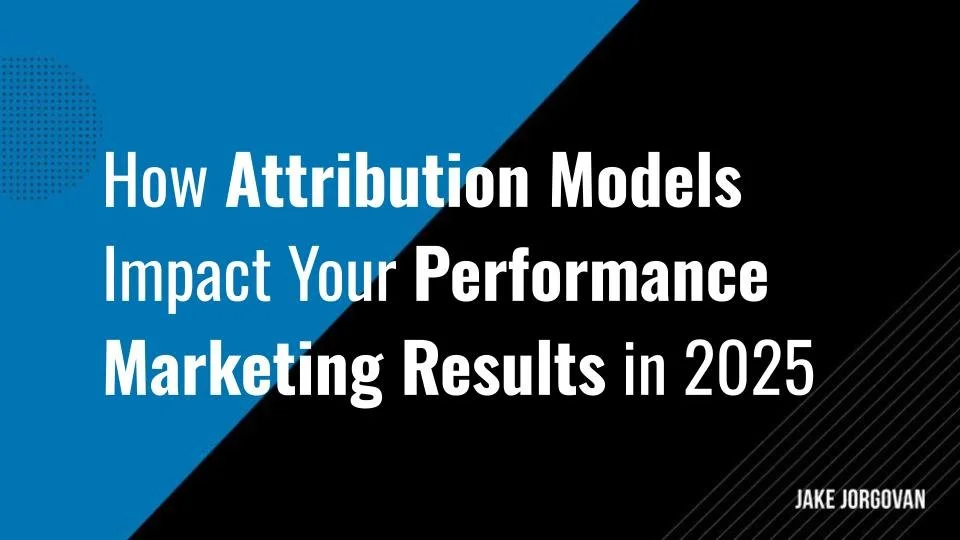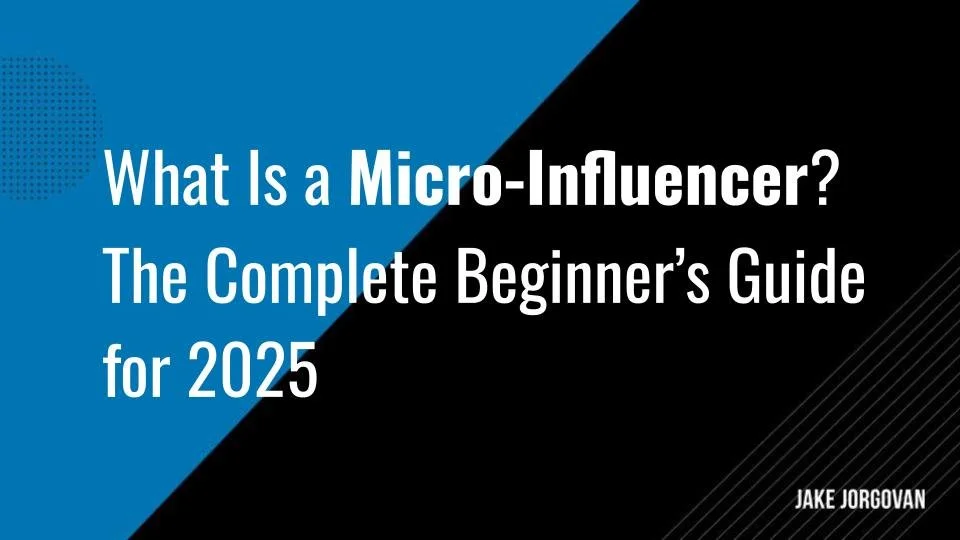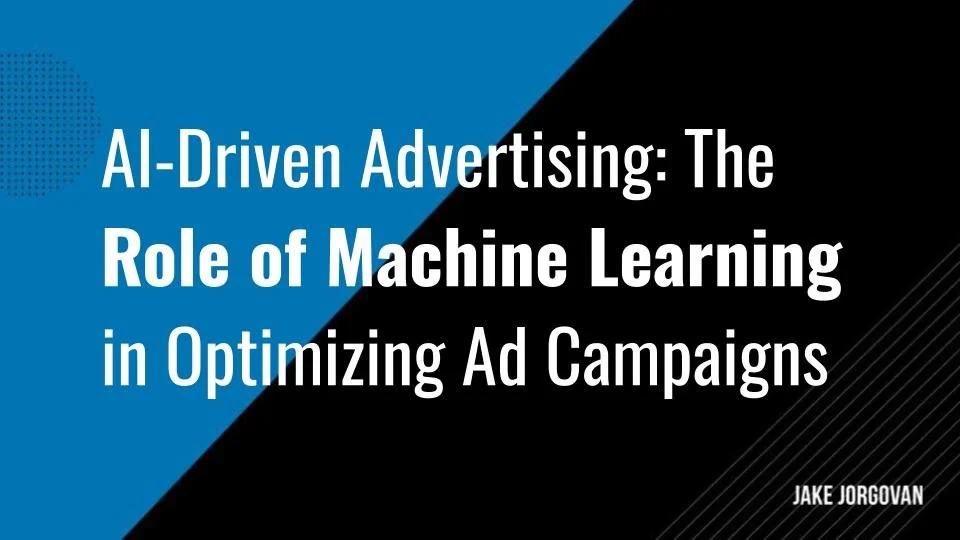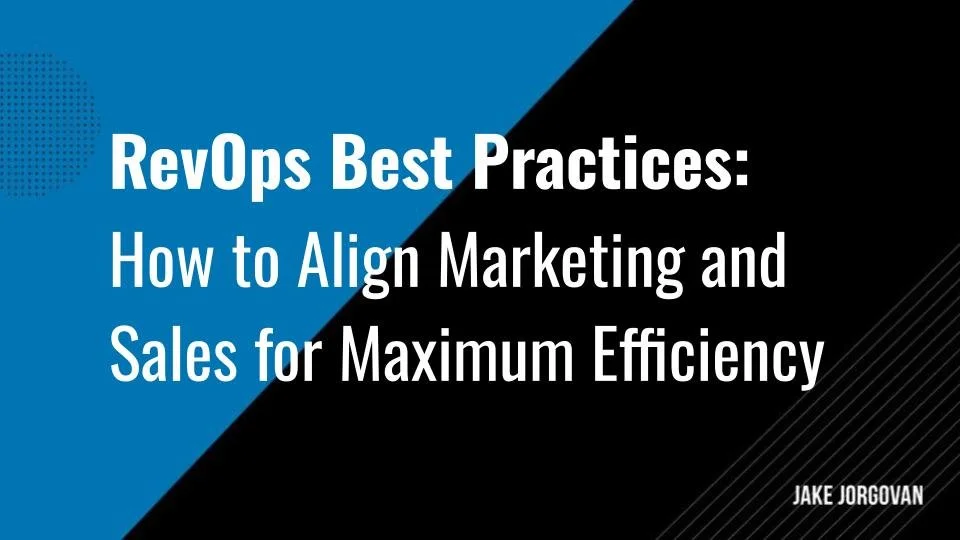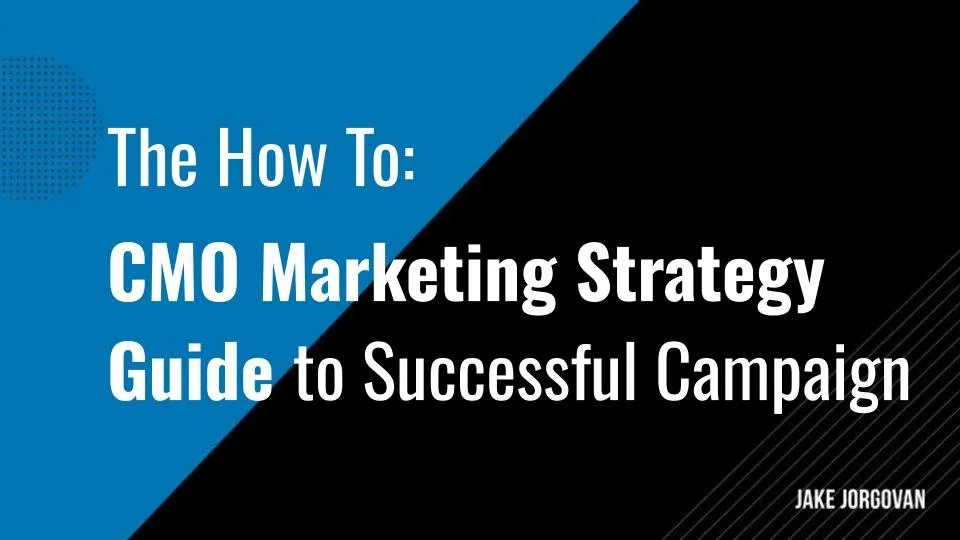What Is a Micro-Influencer? The Complete Beginner’s Guide for 2025
In 2024, 64% of marketers teamed up with micro-influencers – and nearly half of them saw great results.
This trend shows that businesses are moving toward smarter, more focused marketing.
In this guide, you'll learn what exactly makes a micro-influencer, why they matter, and the best ways to work with them.
Whether you're fine-tuning your current strategy or trying something new, you'll find practical tips to boost your marketing.
Let’s dive in.
P.S. If you're ready to work with micro-influencers but need the right agency to handle it, check out our list of the Top 42 Micro Influencer Agencies. Find the best partners to optimize your marketing campaigns and maximize your ROI.
What Are Considered Micro-Influencers?
Let's explore what defines micro-influencers and how they differ from other influencer tiers:
How Many Followers Do You Need to be a Micro-Influencer?
Micro-influencers typically have between 10,000 and 100,000 followers, making them a powerful tool for targeted marketing efforts. That’s because they have a decent number of followers for broad reach, but also have good engagement levels.
In fact, their audience engagement rates often outperform larger influencers. And since micro-influencers talk actively with their followers in comments, they can offer you deeper insights into customer behavior across different marketing touchpoints.
Here is a good example of a micro-influencer: Afroza Khan, a Tampa-based fashion creator with about 16,000 followers, creates genuine posts that drive strong sales and provide immediate insights.
Are Micro-Influencers Worth It?
Yes, micro-influencers are worth incorporating into your marketing strategy thanks to:
Niche focus: They engage deeply with specific communities, offering brands access to targeted audiences.
Authenticity: Their genuine content builds trust, increasing your brand credibility as well, thanks to a transfer of trust.
High engagement: They achieve higher engagement rates, leading to increased conversion rates. In fact, their average Instagram engagement rate is 6%, while mega-influencers are below 2%.
So, how do micro-influencers compare to macro-influencers?
Micro Influencers vs Macro Influencers
Let’s break down the key differences:
| Aspect | Micro-Influencers (10,000–100,000 followers) |
Macro-Influencers (100,000–1 million followers) |
|---|---|---|
| Audience Size | Niche, highly targeted | Broad, diverse |
| Engagement Rate | Higher (3–8%) | Lower (1–3%) |
| Authenticity | Perceived as more genuine | Perceived as less personal |
| Cost | More budget-friendly | Higher investment required |
| Content Production | Often self-produced, relatable | Professional, polished |
| Reach | Limited but focused | Extensive, mass-market |
Note: Engagement rates are approximate and can vary based on platform and audience.
"Micro-influencers typically have between 10,000 to 100,000 followers and are known for their high engagement rates and niche expertise. Unlike celebrities or macro influencers, they cultivate smaller, more loyal communities, which fosters deeper connections with their audience." - INSIGHTIQ.AI
Micro-influencers constitute approximately 47.3% of all influencers.
Their engagement rates average around 2.8%, surpassing those of macro-influencers.
Notably, 43% of marketers have increased their collaborations with micro and nano-influencers, with 24.9% reallocating budgets from macro/mega influencers to these smaller-scale partners.
Brands spend approximately $214 per influencer collaboration, a 16.79% decrease from the previous year, attributed to the growing number of creators entering the market.
Recent data shows that micro-influencers are becoming more important in marketing strategies.
“In 2025, these smaller influencers are proving to be more than just an alternative – they’re becoming the preferred choice for businesses that want authentic, relatable content and real connections with their audience.” - Marketing Eye
Benefits of Collaborating with Micro-Influencers
Let's summarize the key benefits of working with micro-influencers:
Higher Engagement
Micro-influencers pull in more likes, comments, and shares than bigger influencers. Their smaller, loyal audience actually listens and interacts with these creators, making their content more impactful. Better engagement means better marketing results and clearer insights into what your audience cares about.
Pro tip: Micro-influencers can give you great insights into your own messaging, products, and audience segments. As such, they’re a great addition into your marketing team.
More Affordable
They cost less. That’s it. If your budget is tight, micro-influencers let you stretch your marketing dollars further without sacrificing quality.
That brings us to the next point:
How Much Do Micro-Influencers Cost?
Their rates vary based on platform, content type, and audience engagement. Below is an overview of average costs per post across different platforms:
Instagram micro-influencer costs:
Photo Post: $100–$500
Story: $100–$500
Reel: $200–$1,000
TikTok micro-influencer costs:
Video Post: $25–$125
YouTube micro-influencer costs:
Dedicated Video: $200–$5,000
Facebook micro-influencer costs:
Post: Up to $1,250
Influencer Marketing Hub
Twitter (X) micro-influencer costs:
Tweet: Approximately $2 per 1,000 followers
These figures are averages; actual rates can vary based on factors like niche, engagement rates, and content complexity. For instance, a micro-influencer creating a detailed YouTube tutorial may charge more than one posting a simple Instagram photo. Additionally, exclusivity agreements or usage rights can influence pricing.
When planning a campaign, it's essential to discuss specific deliverables and expectations with the influencer to determine a fair rate that reflects the value they bring to your brand.
Real Content
They don’t post ads that feel like ads. Their content looks and feels natural, which builds trust and makes your brand more relatable.
Targeted Reach
Micro-influencers often focus on specific topics, giving you direct access to niche audiences. That means better conversions, better ROI, and a marketing campaign that actually hits the right people.
But how do you collaborate effectively? Let’s dive into best practices:
Best Practices for Collaborating with Micro-Influencers
Effective collaboration with micro-influencers starts with clear goals and a structured approach:
Establish Clear Objectives
You need a clearer picture of what you want to achieve before launching a campaign.
Define whether your goal is brand awareness, lead generation, or sales.
This clarity helps you measure marketing performance accurately.
It also ensures your marketing team aligns influencer efforts with your marketing strategy and conversion path.
Pro tip: Utilize the SMART criteria – Specific, Measurable, Achievable, Relevant, and Time-bound – when setting your campaign objectives.
This structured approach ensures your goals are clear and attainable, facilitating precise measurement of your marketing performance.
Do Your Research
If you want real results with micro-influencers, do your homework. Check their engagement rate – 1% to 3% is solid. Anything under 0.5%? Likely fake followers.
Look at their comments. If it's all “Nice pic” or spammy links, that’s a red flag. Scan their follower list. Too many blank profiles, no posts, or weird usernames? Probably not real people.
Most importantly, make sure their audience matches yours. Otherwise, you’re wasting time and money.
Pro tip: Use marketing intelligence tools to analyze audience demographics, sentiment, and buying behavior. First-party data helps you track influencer performance and measure campaign impact accurately.
Create the Brief First
Before reaching out, take the time to create a clear influencer brief. Start by setting your campaign goals and defining the kind of content you want. Think about who you're trying to reach – get specific about audience demographics.
Choose micro-influencers who really align with your brand, not just ones who are easy to connect with. Lay out what you expect in terms of content creation, how you'll promote their posts, and what you want from the influencer.
Pro tip: Focus on influencers who genuinely connect with their audience. Those who have a history of real, personal interactions tend to run more effective campaigns and get better engagement results.
Do Honest Outreach
Engage with potential micro-influencers by interacting with their influencer content before reaching out. Like posts, leave thoughtful comments, and share relevant content. Build authentic connections instead of pushing a direct message.
This approach strengthens relationships with brands, increases the likelihood of a successful influencer partnership, and ensures influencer marketing success with high-quality content.
Tools for streamlining outreach include:
Upfluence – Manage influencer outreach, track responses, and automate follow-ups.
Modash – Monitor influencer analytics to assess audience demographics before outreach.
Heepsy – Verify influencer authenticity and detect fake followers.
Pro tip: Monitor influencer posts for recurring engagement patterns before initiating contact. If their audience consistently interacts with product reviews or user-generated content, tailor your outreach to highlight how your brand fits their content strategy, increasing the chances of a strong return on investment.
Build Authentic Relationships
Focus on building real, lasting connections rather than just making one-off deals. When influencers genuinely partner with your brand, they're more likely to convert their followers into your customers, giving you a better bang for your buck.
Let them have some creative control so that their promotions fit naturally with their regular posts. This way, their audience sees more authentic content, which builds trust and makes your campaigns more successful.
Other ways to strengthen influencer loyalty include:
Gamification & reward systems – Platforms like Brandbassador and CrewFire let brands create challenges, reward influencers for engagement, and track participation.
Affiliate & loyalty programs – Tools like Refersion and Rewardful help turn influencers into long-term brand advocates by offering commissions on referred sales.
Influencer Relationship Management (IRM) tools – Platforms like Grin allow you to track influencer collaborations, provide performance incentives, and nurture ongoing partnerships.
Pro tip: Treat micro-influencers as brand partners, not ad placements. Providing early access to new products or involving them in content strategy discussions strengthens influencer marketing success and deepens their commitment to your brand.
Provide Creative Freedom
Give micro-influencers the freedom to shape their own campaigns. When they create genuine content that hits home with their audience and stays true to your brand, it's a win-win.
This not only boosts the quality of the content but also builds real connections and gets better results, making their endorsements more relatable and engaging.
Pro tip: Encourage influencers to share their honest experiences with your product, even if it’s imperfect. This transparency fosters a more authentic connection with their audience, leading to better trust, higher engagement, and meaningful influencer marketing campaigns that feel like personal recommendations.
@honestlybridget BEST PRODUCT I REVIEWED IN 2024!!!! Make sure to follow me on insta for giveaways of all of my fav items in the next week or two!!@HungovrAF #bestandworst #bestproducts #2024best #honestreview #productreview ♬ original sound - *Honestly Bridget - Reviews*
Monitor and Measure Performance
Assign unique UTM links or promo codes to each micro-influencer to track their individual impact.
Google UTM Builder – Easily create trackable UTM links to monitor influencer-driven traffic in Google Analytics.
Refersion – Manage affiliate promo codes and track influencer-driven conversions.
Rewardful – Assign unique referral codes and commission-based incentives to influencers.
Monitor key performance indicators (KPIs) to evaluate your micro-influencer campaign's success:
Reach and impressions: Measure the number of social media users exposed to the influencer content.
Engagement rates: Assess interactions such as likes, comments, and shares on social media channels.
Conversion rates: Determine the percentage of the target audience completing desired actions, like purchases.
Return on investment (ROI): Calculate revenue generated relative to the campaign budget.
Audience demographics: Analyze the characteristics of social media followers engaging with the content.
Pro tip: Group your UTM links by content type to see what different people enjoy. This way, you can tweak your influencer campaigns and focus on the platforms and content that really work.
Challenges in Micro-Influencer Marketing
Working with micro-influencers comes with its own set of challenges.
Let’s break down the key hurdles and how to navigate them:
Scaling Campaigns
When you're juggling multiple micro-influencer partnerships, keep things organized without getting bogged down. Find and connect with the right influencers using a straightforward marketplace, and handle all your communications in one spot.
Use tools to automatically approve content and track how well it's doing:
Grin – Streamline influencer content approval, contract management, and payments in one platform.
Tagger by Sprout Social – Analyze influencer performance and content engagement in real time.
Later – Schedule and approve influencer-generated content before publishing.
Trackr – Monitor influencer campaigns, track engagement, and optimize strategy.
CreatorIQ – Automate content approval workflows while measuring campaign success.
This approach helps you stay consistent but also flexible enough to keep each partnership feeling personal.
Ensuring Consistent Messaging
Your influencers need to get what your brand's about, but you also have to let them do their thing. Set out clear, simple rules about the content style and messaging, but make sure they can still sound like themselves.
If you’re running a big campaign, consider working with an agency that can keep an eye on things, making sure all the content is top-notch and on-brand across various platforms.
A notable example of a scaled influencer marketing campaign with consistent cross-platform messaging is Daniel Wellington's strategy.
Daniel Wellington collaborated with numerous micro-influencers, providing them with watches in exchange for social media posts featuring the product. Influencers used the hashtag #DanielWellington and shared personalized discount codes, ensuring uniformity across platforms. The brand encouraged customers to share their own photos wearing Daniel Wellington watches, fostering a community and amplifying reach.
Results:
Rapid growth: Within three years, Daniel Wellington sold over a million watches, generating $228 million in revenue.
Strong social media presence: The brand's Instagram account amassed over 4.8 million followers, with the hashtag #DanielWellington appearing in over 2.4 million posts.
Measuring Return on Investment (ROI)
To really understand if your influencer strategy is working, you’ve got to track the right metrics like conversion rates, growth in followers, and how many sales are being driven by your influencers.
Use unique promo codes to keep tabs on sales, and dive into who your audience is with tools that break down their demographics. This info will help you fine-tune your approach and make sure you’re hitting your marketing goals.
Case Studies of Successful Micro-Influencer Campaigns
Let’s overview a few successful micro-influencer campaigns that delivered strong results:
1. Prose's Scalable Content Generation (100+ Creators)
Prose, a personalized haircare brand, faced the challenge of consistently producing high-quality user-generated content (UGC) to fuel their advertising efforts.
Collaborating with inBeat Agency, they implemented a scalable micro-influencer recruitment strategy, enabling them to generate top-performing assets weekly. This approach ensured a steady stream of authentic content, enhancing their media-buying efficiency.
2. Fashion Nova's Micro-Influencer Network
Fashion Nova, a prominent fast-fashion retailer, leveraged a vast network of micro-influencers to promote their apparel.
By partnering with numerous fashion-focused creators, each with a modest but engaged following, Fashion Nova achieved extensive reach and heightened brand visibility.
This strategy not only amplified their social media presence but also drove significant sales growth, demonstrating the efficacy of micro-influencer collaborations in the fashion industry.
3. Lumene's Authentic Product Promotion
Lumene, a Finnish skincare brand, wanted to increase its presence in the UK market.
They engaged micro-influencers who genuinely resonated with their brand values and products.
These influencers created authentic content showcasing their personal experiences with Lumene's products, building trust and relatability among their followers.
The campaign reached 156 048 people
The posts received 21 551 likes
The posts were saved 3031 times
Micro-Influencer Marketing: High Impact, Low Cost, Real Results
Micro-influencers give you great results without a huge budget. They connect with small, engaged communities, which means more genuine interactions and better conversions.
You don't need millions of followers to make a difference. A smart micro-influencer campaign pairs you with people who truly resonate with your target audience, giving you a stronger, more authentic reach.
Tools to manage these partnerships make everything simpler – from setting up collaborations to tracking what works. No matter your budget, working with micro-influencers helps you get more for your money.
For any brand serious about influencer marketing, partnering with micro-influencers builds real, lasting connections and provides useful insights for future campaigns.
PS: Want expert help with your influencer marketing? Check out our list of 19 Top Influencer Marketing Agencies to find the right partner for your brand.
Frequently Asked QuestionS
How many followers do you need to be a micro-influencer?
To be classified as a micro-influencer, one typically needs between 10,000 and 100,000 followers across social media platforms. This follower size allows for a balance between reach and engagement, enabling influencers to maintain personalized interactions while still impacting a significant audience.
What is the role of a micro-influencer?
Micro-influencers serve as trusted voices within specific communities, leveraging their niche expertise to influence purchasing decisions. They collaborate with brands to create authentic content that aligns with their usual content style, enhancing brand credibility and fostering genuine connections with their followers.
How much do micro-influencers get paid?
Micro-influencer compensation varies based on factors like platform, type of content, and audience size. On Instagram, micro-influencers may earn between $100 to $500 per post. On TikTok, rates range from $25 to $125 per post. YouTube collaborations might see payments from $200 to $1,000 per video. These figures can fluctuate based on engagement rates, content quality, and specific campaign goals.
















